Street racing and professional drag racing, while both involving high-speed contests of speed and skill, exist in entirely different worlds. While street racing is often illegal and uncontrolled, professional drag racing is a highly regulated motorsport with strict safety protocols. Both have their fervent followers, but each form of racing brings its own set of rules, cultures, and implications that shape their unique characteristics and cultural significance.
Regulations and Safety Measures
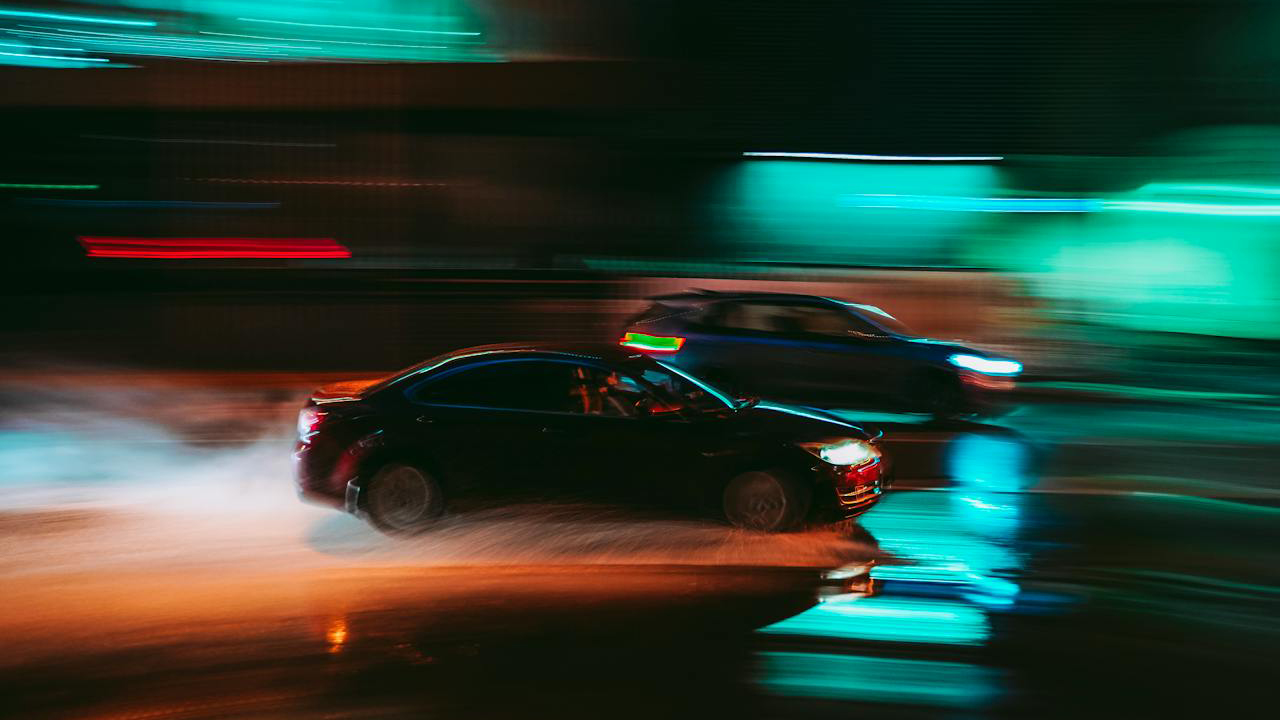
One of the most significant differences between street racing and professional drag racing is the legal framework underpinning each. Professional drag racing is sanctioned by organizations such as the National Hot Rod Association (NHRA), which ensures that races occur in a controlled environment with strict adherence to safety standards. The NHRA and similar bodies provide a comprehensive set of rules that govern everything from race procedures to vehicle specifications, creating a structured and predictable environment for competitors. In stark contrast, street racing is illegal in most jurisdictions and lacks any form of regulation, often occurring spontaneously or organized informally without oversight.
Safety protocols in professional drag racing are rigorous. Drivers are required to wear protective gear, such as flame-resistant suits, helmets, and harnesses. The vehicles themselves are purpose-built with roll cages, parachutes, and other safety features designed to protect the driver and withstand the extreme forces and speeds encountered during a race. Street racing, by contrast, frequently lacks these safety measures. Participants often race modified but not safety-enhanced vehicles without the protective gear mandated in professional settings, significantly increasing the risk of injury or fatal accidents.
Environmental control is another crucial factor distinguishing the two. Drag races occur on dedicated tracks with controlled conditions, minimizing variables like road surface inconsistencies and traffic. This controlled environment allows for fair competition and helps ensure the safety of drivers and spectators. Meanwhile, street races take place on public roads and highways, creating unpredictable and inherently unsafe racing conditions that endanger not just the racers but also unsuspecting civilians.
Community and Culture

Professional drag racing boasts a well-established motorsport community, complete with a dedicated fan base, sponsors, and media coverage. This support network contributes to the sport’s growth and legitimacy, providing racers with opportunities for career advancement and recognition. Events like the NHRA Drag Racing Series attract thousands of spectators and are covered by major sports networks, further cementing drag racing’s status as a recognized and respected motorsport.
In contrast, street racing is often part of an underground culture that thrives on rebellion and secrecy. It is seen as a subculture with its own set of unspoken rules and a strong sense of camaraderie among its participants. However, the cultural perception of street racing is largely negative due to its illegal nature and association with reckless behavior. This perception is further fueled by media portrayals that often highlight the dangerous and unlawful aspects of street racing culture.
Media representation plays a significant role in shaping public perception of both forms of racing. Professional drag racing benefits from positive media exposure, including television broadcasts, documentaries, and online content that celebrate the skill and dedication of its athletes. On the other hand, street racing is frequently depicted in a negative light, with news reports focusing on the dangers and legal consequences associated with illegal racing activities.
Vehicle Specifications and Technology

When it comes to vehicle specifications, professional drag racing and street racing are worlds apart. Professional drag racing cars are highly specialized machines, often custom-built to achieve maximum performance. These vehicles are engineered with precision, incorporating cutting-edge technology to enhance speed, stability, and safety. The investment in research and development is substantial, as teams strive to gain a competitive edge through technological advancements.
Street racers, however, typically modify standard vehicles, often on a budget, to enhance performance. While some street racing cars boast impressive speed, they may not be optimized for the extreme conditions of racing, lacking the advanced engineering found in professional drag racing vehicles. The absence of standardized performance or safety criteria in street racing further underscores the disparity between the two.
Professional drag racing vehicles are subject to rigorous testing and must meet specific performance standards set by governing bodies. This ensures a level playing field and helps maintain the integrity of the sport. In contrast, street racing vehicles often vary widely in terms of modifications and performance capabilities, contributing to the unpredictable nature of street races.
Impact on Society and Law Enforcement
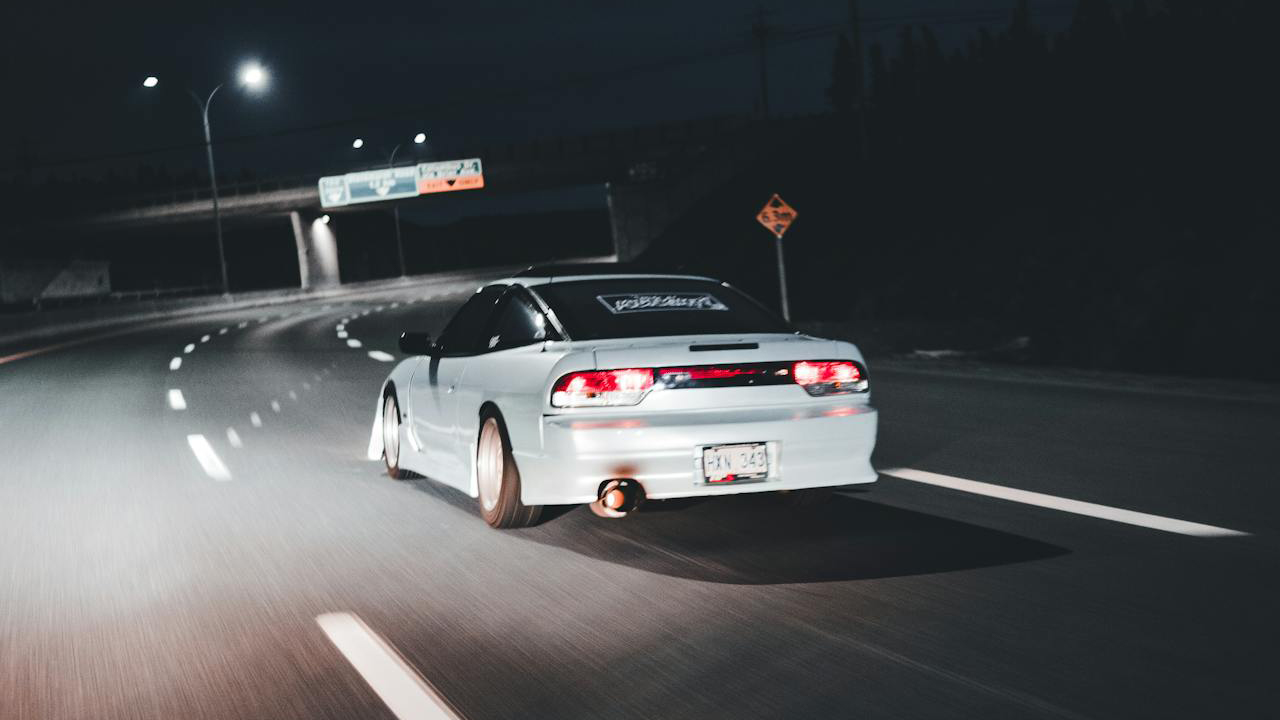
Street racing’s impact on public safety cannot be overstated. Taking place on public roads, street racing poses significant risks not only to the participants but also to bystanders and other road users. The unpredictable and uncontrolled nature of these races can lead to accidents, injuries, and fatalities, raising serious public safety concerns. In contrast, professional drag racing is conducted in a safe and controlled environment, minimizing risks and ensuring the safety of everyone involved.
Law enforcement faces substantial challenges in addressing street racing. Resources are often allocated to crack down on illegal races, requiring coordinated efforts and sometimes leading to high-speed pursuits that can further endanger public safety. Meanwhile, professional drag racing operates within the law, often with police cooperation to ensure event security, highlighting the stark difference in how these two forms of racing interact with legal authorities.
From an economic perspective, professional drag racing contributes positively to local economies. Events can draw large crowds, boosting tourism and generating revenue for local businesses. In contrast, street racing can result in economic costs related to law enforcement efforts, medical expenses from accidents, and damage to public infrastructure. The economic benefits of professional racing events are a testament to the sport’s legitimacy and its ability to engage communities positively.
Psychological and Social Factors

The psychological and social factors driving individuals to participate in street racing or professional drag racing are complex and varied. Street racers are often motivated by the thrill of risk-taking and the adrenaline rush that comes with racing on public roads. The illegal nature of street racing can also serve as a form of rebellion or escapism for participants, offering a temporary respite from everyday life.
In contrast, professional drag racers channel their need for speed within a structured competition, where their skills can be honed and recognized. The adrenaline and risk associated with professional racing are balanced by the safety measures and regulations in place, allowing drivers to focus on performance and strategy without the added danger present in street racing.
Peer pressure and the desire for social status can also play a significant role in street racing, where individuals may feel compelled to prove themselves within their community. For professional drag racers, the sport offers a legitimate platform for achieving recognition and success. The structured environment of professional racing allows drivers to pursue a career, find personal fulfillment, and develop their skills, while street racers may seek a sense of belonging or identity within their subculture.
Like Fast Lane Only’s content? Be sure to follow us.
Here’s more from us:
*Created with AI assistance and editor review.

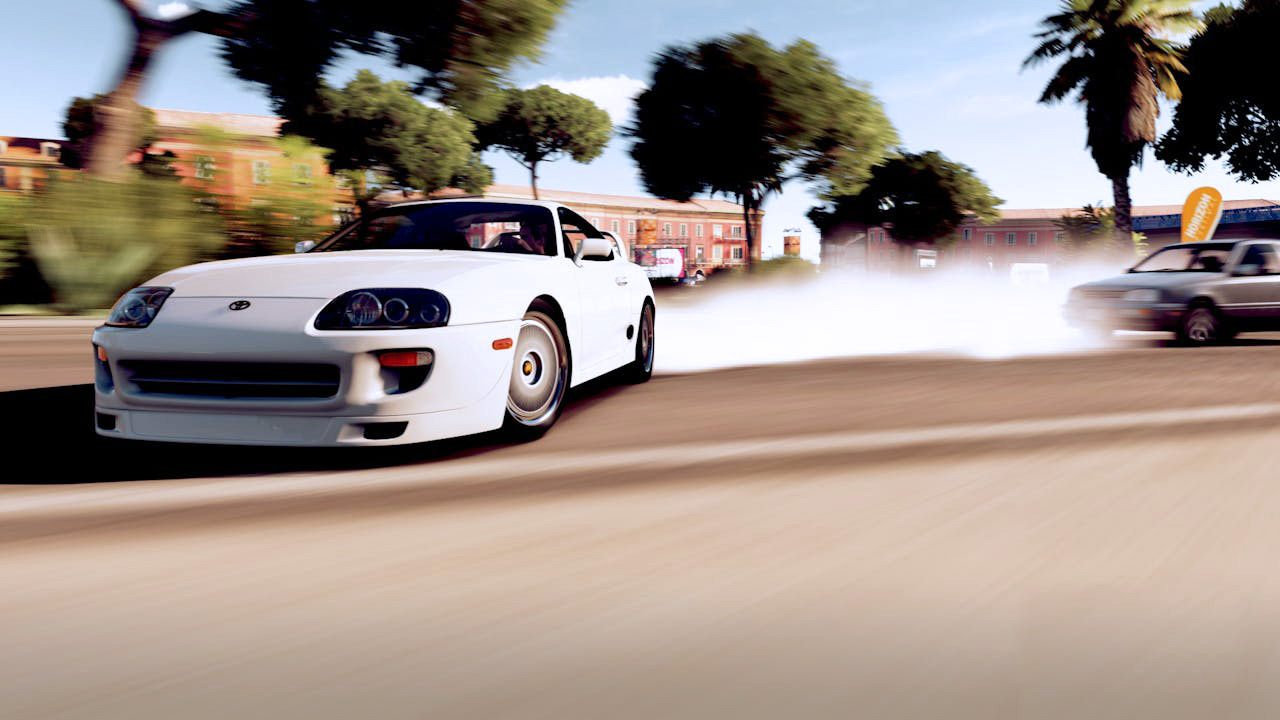
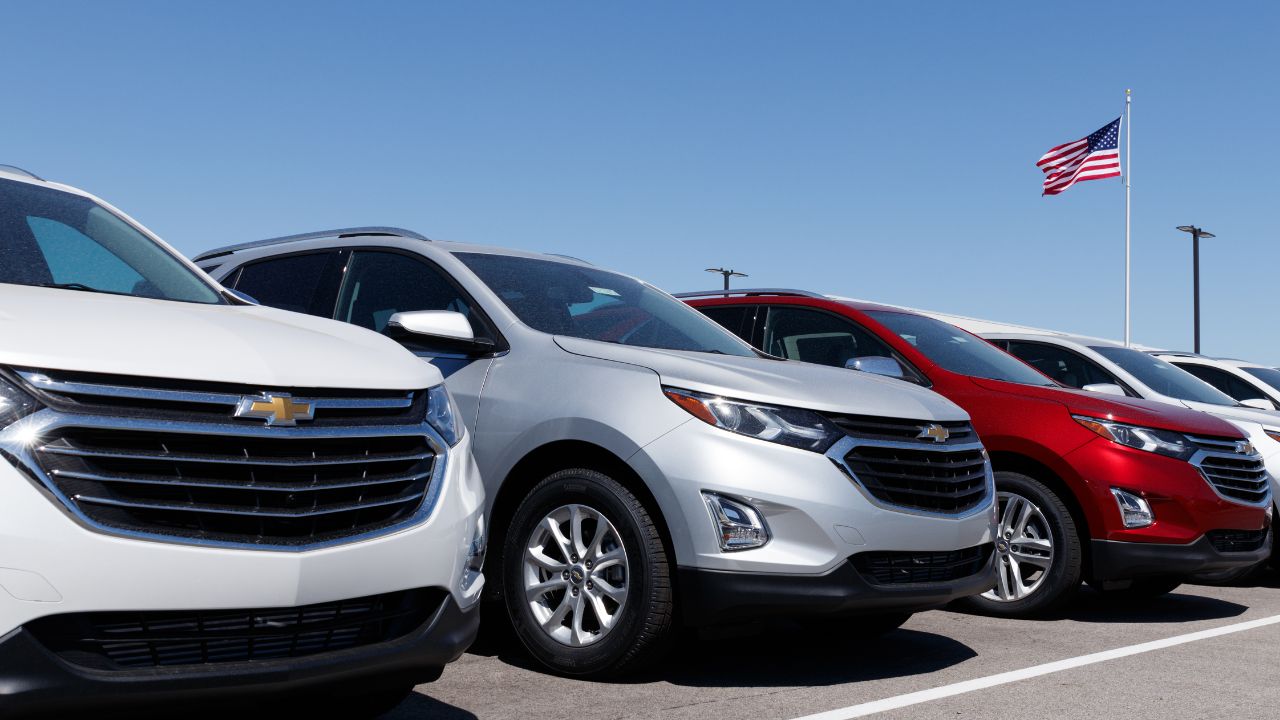

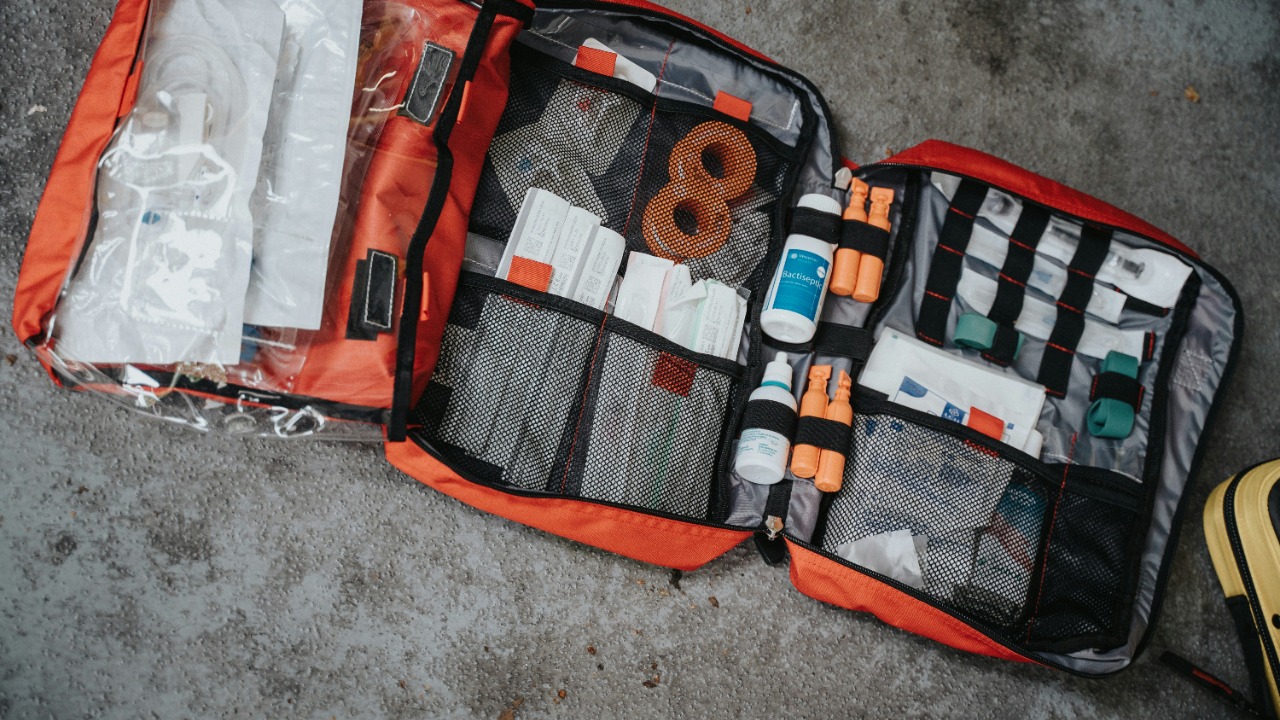

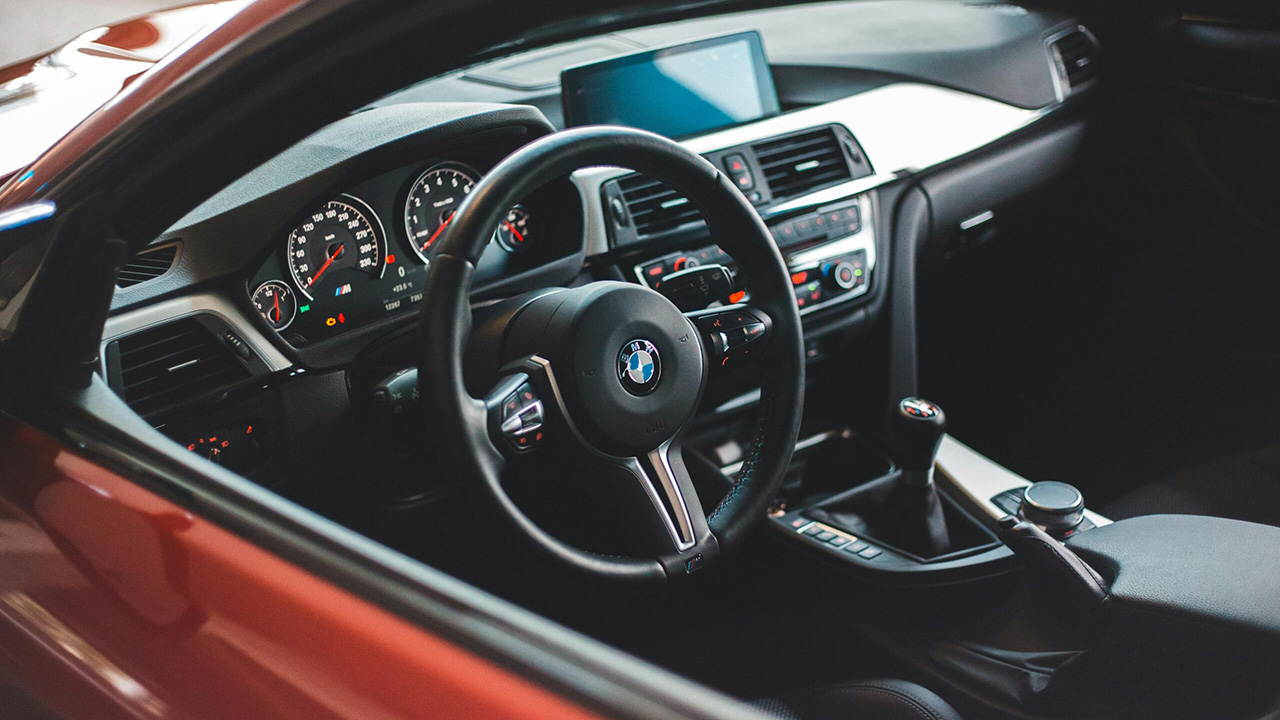
Leave a Reply